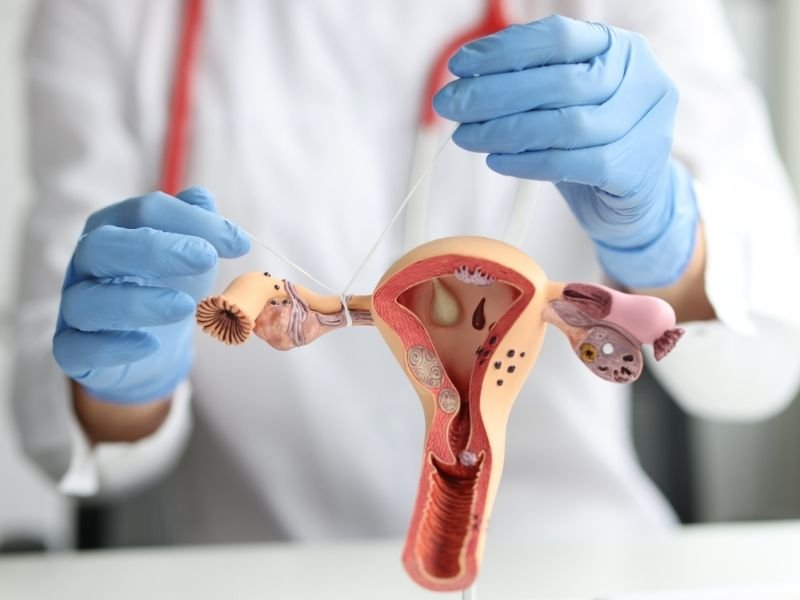Blocked fallopian tubes are a common cause of infertility and can significantly impact a woman’s chances of conceiving. The fallopian tubes play a crucial role in the reproductive process by facilitating the meeting of sperm and egg and providing a pathway for the fertilized egg to travel to the uterus. When these tubes are blocked, it can disrupt this essential process and present challenges for natural conception. This blog entry explores the causes of blocked tubes, their effects on fertility, and potential treatments to enhance your chances of pregnancy.
Understanding Tubal Blockage: Causes and Types
Tubal blockage occurs when the fallopian tubes, essential for the passage of eggs and sperm, become obstructed. The causes of tubal blockage can be varied. Pelvic inflammatory disease (PID) is a common cause, often resulting from sexually transmitted infections that lead to scarring and obstruction. Endometriosis, where tissue similar to the uterine lining grows outside the uterus, can also create adhesions that block the tubes. Previous surgeries or ectopic pregnancies may result in scarring or damage to the fallopian tubes, further contributing to blockages. Additionally, rare conditions such as genital tuberculosis can cause tubal obstruction. Understanding these causes is crucial for determining the appropriate treatment and improving fertility outcomes.
Impact of Blocked Tubes on Fertility and Conception
Blocked fallopian tubes significantly impact fertility and conception by preventing the normal interaction between sperm and egg. Since the tubes are responsible for transporting eggs from the ovaries to the uterus and for allowing sperm to reach the egg, any blockage disrupts this process. If the tubes are blocked, fertilization cannot occur naturally within the tube, and the fertilized egg cannot travel to the uterus for implantation. This blockage can make natural conception extremely difficult or impossible. As a result, individuals with blocked tubes often face challenges with achieving pregnancy and may need to explore assisted reproductive technologies, such as in vitro fertilization (IVF), to bypass the blockage and increase their chances of conception.
Diagnostic Methods for Tubal Blockage
Diagnostic methods for tubal blockage are essential for identifying and addressing fertility issues. Commonly used techniques include hysterosalpingography (HSG), an X-ray procedure where a contrast dye is injected into the uterus and fallopian tubes to reveal any obstructions. Sonohysterography (SHG), an ultrasound technique, uses a saline solution to outline the uterine cavity and assess the patency of the tubes. Laparoscopy, a minimally invasive surgery, allows direct visualization of the fallopian tubes and can simultaneously provide treatment for any identified blockages. These diagnostic approaches help determine the presence, location, and severity of tubal blockages, guiding appropriate treatment options for improving fertility.
Treatment Options and Solutions for Improving Fertility
Treatment options for improving fertility with blocked fallopian tubes depend on the type and extent of the blockage. Surgical interventions, such as tubal cannulation or salpingostomy, aim to clear obstructions or repair damaged tubes, although success rates can vary. In cases where surgery is not feasible or effective, in vitro fertilization (IVF) is often recommended. IVF bypasses the fallopian tubes by fertilizing eggs outside the body and then implanting the embryos directly into the uterus. Additionally, addressing underlying conditions that contribute to tubal blockage, such as infections or endometriosis, with medications or further surgeries, can enhance fertility outcomes. Consulting with a fertility specialist is crucial to determine the best approach based on individual circumstances and to optimize chances of conception.


